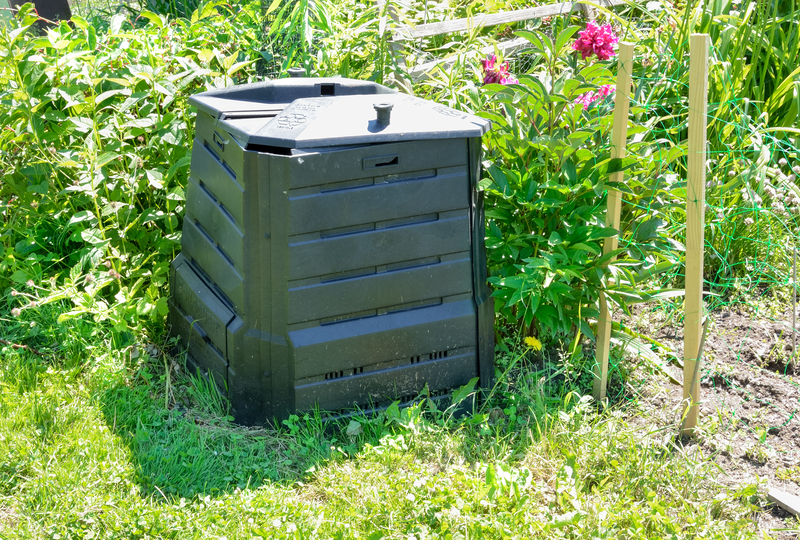
Engaging Facts About Glass Recycling
Glass recycling is an important environmental preservation process. The act of repurposing glass plays a significant role in reducing waste and conserving natural resources. Today, we'll delve into engaging facts about glass recycling to help you understand its significance and the endless possibilities it brings. Let's explore this exciting world of glass reuse!
The Historical Background of Glass Recycling
Glass, as a material, has a rich history. The concept of glass recycling is not a new phenomenon. Historical records suggest that glass recycling dates back to late Roman times. During these ages, glassmakers were already incorporating old glass into their production process to create new items.
Key Historical Milestones
- Ancient Times: Romans were pioneers in recycling glass due to the scarcity of raw materials.
- Mid-20th Century: The modern movement for glass recycling began, owing largely to environmental concerns during the 1960s and 70s.
- Today: Glass recycling is a thriving, global initiative contributing significantly to sustainable practices.
Environmental Benefits of Glass Recycling
Recycling glass offers numerous environmental advantages. It helps to reduce the carbon footprint by lowering energy consumption. Here are some of the principal benefits:
Conserving Natural Resources
- Every ton of glass recycled saves more than a ton of the raw materials necessary to create new glass products.
- Recycling one glass bottle can save enough energy to power a 100-watt light bulb for four hours. That's a significant energy conservation.
Reducing Pollution
- Glass recycling reduces air pollution by 20% and water pollution by 50% when compared to manufacturing new glass from raw materials.
- The process curtails the amount of glass waste that would otherwise end up in landfills, contributing to environmental degradation.
Energy Efficiency
- Recycling glass substantially decreases the energy expenditure in manufacturing processes, with recycled glass melting at a lower temperature compared to new materials.
- It helps maintain air quality by minimizing the emission of greenhouse gases.
Innovative Uses for Recycled Glass
The utility of recycled glass extends beyond traditional bottle and jar production. With technological advances, numerous creative and industrial applications have emerged. The following are innovative uses:
Construction and Infrastructure
- Glassphalt: A blend of recycled glass and asphalt, used for paving roads.
- Eco-friendly Insulation: Glass wool, made from recycled glass, used in buildings to improve energy efficiency.
Decorative and Artistic Applications
- Recycled glass is frequently used in crafting stunning ornaments and artworks.
- Glass tiles, often made from recycled materials, add aesthetics to interior designs.
Filtration Products
- Recycled glass is utilized to create industrial filtration systems.
- This process taps into the excellent physical properties of glass, such as its ability to sift fine particles.
The Process of Glass Recycling
Understanding the detailed process of recycling glass is crucial for recognizing its value. The procedure entails several steps that convert used glass into reusable material:
Collection and Sorting
- Glass is collected from various sources including households and businesses, then sorted by type and color.
- Sorting is vital since the different colors of glass (clear, green, and brown) melt at different temperatures.
Cleaning and Crushing
- The sorted glass is thoroughly cleaned to remove any impurities, such as paper labels or metal caps.
- After cleaning, the glass is crushed into smaller fragments known as cullet.
Melting and Remanufacturing
- The cullet is melted in a furnace, often mixed with a percentage of raw materials to ensure quality.
- The molten glass is then shaped into new products through molds or blowing processes.
Challenges in Glass Recycling
While the benefits of glass recycling are numerous, the industry faces several challenges that impede efficiency and widespread adoption:
Contamination Issues
- Mixed and contaminated glass waste can complicate recycling efforts, as removing all non-glass elements is challenging.
Economic Factors
- Recycling programs sometimes struggle with financial viability, particularly if there is a decrease in demand for recycled materials.
Technological Limitations
- Advances are needed in sorting technologies to improve the identification and separation processes for different types of glass.
Glass Recycling Global Perspective
As nations become more environmentally conscious, glass recycling efforts are on the rise globally. Here are notable trends and practices from different regions:
European Leadership
- Europe boasts some of the highest glass recycling rates in the world, thanks to stringent recycling regulations and public awareness.
Innovations in North America
- North American regions focus heavily on innovations to streamline their recycling processes.
Emerging Markets in Asia
- Countries in Asia are increasingly adopting glass recycling as part of larger sustainability drives.
Conclusion
Glass recycling is an essential aspect of sustainable development, holding the promise for a cleaner and healthier planet. By understanding and supporting recycling efforts, humanity can continue to glean significant environmental benefits and innovative opportunities. Whether it's in construction, art, or everyday products, the recycling of glass presents a fascinating and engaging aspect of modern environmental consciousness. Next time you recycle a glass bottle, remember--you're part of a global movement for a sustainable future.
